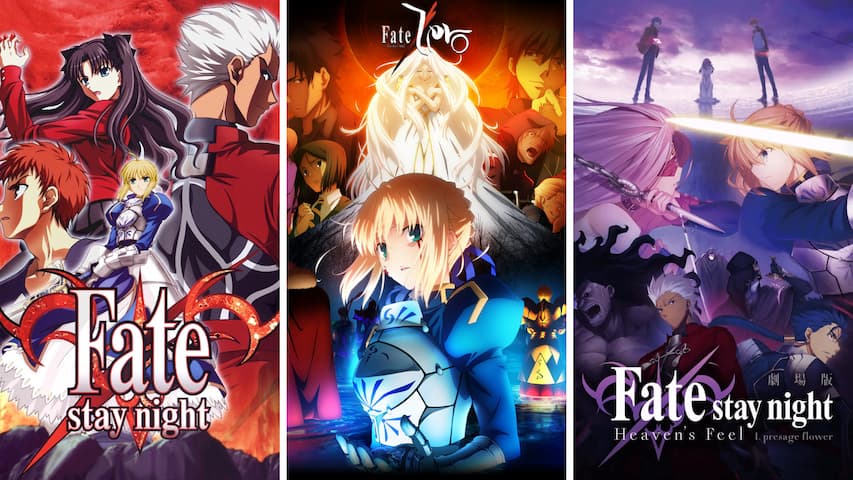Fate/Grand Order: Flawed, fun and very Fate

Ach ja, as of the 23th of April 2023, after 216 days, Master Hansi officially gained the rank of “Cause” for beating the final singularity The Grand Temple of Time: Solomon and preventing the Human Order Incineration Incident… which is to say, I finally finished the first part of Fate/Grand Order.
I actually have a lot of thoughts about it, though only some of them will be addressed in this post, because I genuinely don’t know how to approach writing about FGO in general, as it is not just one simple thing. FGO is a Gacha, but also might qualify as an “actual” single-player game, while at the same time being quite a sizeable visual novel on its own. In hindsight, the best play would have been to split this post into two by talking about the game aspects of FGO after playing through the tutorial and another one focusing solely on the story and while I still could do this, I don’t think there is enough for me to talk about the game itself to justify its own post and I doubt there is much value in me going through each singularity in detail, as for the most part, a) there isn’t a lot for me to talk about and b) I wouldn’t bring a new perspective to what anyone else would already tell you, so I will talk about the story in a more abridged and general sense.
Interplay of Story and Gameplay
But before I will talk about either the story or the gameplay, I want to shed some light on the interplay between the story and its gameplay, as not only did my opinion on this matter basically pull a solid 180, but it is also one of the game’s biggest strengths. The easiest way for me to explain it would be that the story leads into the gameplay with the gameplay leading back into the story, creating this organic circle of progression. In this case, the individual sections play out a lot more like classical campaigns, instead of an arcade, with the story and gameplay being technically separable, but functionally building up on each other.
I note this, because this is something I neither expected, nor am familiar with from other Gacha games. In Princess Connect, there is a very clear distinction, if not even a straight up isolation, of what you do while playing the game and what is actually happening in the story. In PriConne, you basically auto through the new areas, unlocking a new story chapter every few stages, until you reach the boss, get some flavor conversation about how the boss will be eventually prepared as food and farm the area until a new area is released in a month and the cycle repeats ad infinitum. In the meantime, you can choose to read the story (or not), as it is in no way connected to your progress gameplay wise. You fight random mob enemies in a location that doesn’t matter for reasons you couldn’t care less, while the story does its own thing elsewhere.
FGO takes a more ludonarrative approach (I probably don’t use this term correctly here) instead, with the story elements reflecting the gameplay and the progression via the gameplay being the direct cause for story progression. Each area/singularity is divided into sections, which essentially function as chapters with each section having its own array of stages and associated battles. The way you progress through the singularities is normally as follows: The singularity starts with a prologue setting the scene, introducing the first major players and generally explaining what is going on. This all eventually leads into the first encounter. The default/normal/most common way to progress here on out is selecting the newly unlocked stage and preparing for battle. What will happen is that the battle (gameplay) is sandwiched between two visual novel segments (story), with each segment building up to the encounter and concluding or playing it out respectively, leading to the interplay I just described. The story leads to the battle, the battle reflects what is happening in the story by including the appropriate allies, enemy servants or monsters or incorporating certain gameplay mechanics and the outcome of the battle leads back into the next segment of the story. This cycle continues, until you played through the entire singularity, which then caps of with an epilogue.
Initially, I wasn’t really a big fan of this. In fact, it is the primary reason why it took me so long to really start playing the game. I primarily wanted to follow the story, so being constantly interrupted by battles created a huge overhead and on the other hand, I couldn’t just beat all the stages en masse, as there is constantly story going on in there. What you can do is skip the story segments, do the battles and read up on it later, but you would still partially “spoiler” yourself, as the battles still reflected the story progress. Also, the story is still build around all the battle encounters, so reading all the story segments back to back would be very jarring, considering there is constant referencing to battles you skip out on, as you have already done them beforehand.
In the beginning, this seemed like a simple lose-lose situation for me. Getting through the story was a pain, as I had to play the game (*insert surprised Pikachu here*), but simply playing through the game while ignoring the story entirely to binge it later also wasn’t really an option, at least not without some of its own problems. What eventually changed my mind was not just the fact, that this is the way it should be experienced, but also the realization, that substituting some elements of a mostly VN-based narrative work better in another medium, or in this case, as gameplay. If there is something I am deeply aware of after writing almost sixty short stories, it is that not every idea can be best conveyed via writing, with fights, for the most time, being pretty high up on that list for me. Add the utter frequency of fights to this sentiment and I eventually turned around and enjoyed the fact that the more actiony and some of the dramatic aspects are done via interactive gameplay, instead of narration, when applicable, and I have to confess that there is some form of positive emotional response to being the reason you, and not the script, won the fight. In fact, the fact you can loose a battle could be considered similar to choosing enough wrong options that lead to a bad/dead end. If I were just a tad more pretentious and would actually understand what it means, I could go full “The medium is the message” on you, but alas.
To be fair, while I eventually warmed up to the way the story and the gameplay are intrinsically linked to another, I am also quick to tell you how it is not always handled that well, especially when the pacing either grinds to a halt or has to go into overdrive. Ironically, the part I consider suffers most of being being this visual novel and game hybrid is the very beginning and de facto tutorial of the game, as it is rather overwhelming. The tutorial has this herculean task of not just introducing you into the world of Grand Order, but also setting up the central conflict of this epic story and teaching the player the mechanics of the gameplay. If there is one thing I will never be able to fault FGO for, it would be a lack of ambition. The unfortunate reality for me is that the tutorial is arguably way too long for a tutorial and you should absolutely have some time scheduled when starting out with the game yourself, because you will be here for a while, before even summoning your first servant. On the other hand, I wish it would have been even longer. Despite having seen the First Order OVA, I still had trouble completely following what happened. Sure, I can tell you all the events that have transpired, but if tasked to actually explain why everything that has happened happened, I would be at a loss… and I continued to be at a loss at times throughout, though it is not as bad as it might sound. Also, it is Fate. Looking up stuff you didn’t understand on the wiki and accidentally spoiling yourself in the process is part of the experience for me at this point.
There are other smaller things, where the interplay is less obvious and more subtle as the general progress of the game, like how the Ascension and Bond level of Mash is directly linked to how far you have come, or being unable to summon specific servants until a later time. Something I just recently noticed is that you can actually find Ibaraki-douji, a servant only noted on the side in the Babylonia singularity, in a secret Free Quest. There is certainly a lot more nuance to the game itself, than what I would have expected from a Gacha.
Story
373,083 words. This game is a chonker and it is not about to become shorter, with the latest Lostbelts far exceeding this. Seriously, the first Grand Order could just be its own stand-alone visual novel. Even ignoring the sheer length, just reading and playing through it all, it doesn’t feel like a mobile game at all, as I can’t imagine myself playing it casually if I have only a little time to spare. This game takes my full attention and I doubt I would enjoy FGO as much as I did, if I had engaged it only snipped by snipped, instead of by larger chunks. The writing team noted how they didn’t know how to write for a mobile game, but I am glad either way how it all turned out.
A funny thing about the entire Fate franchise is how each entry has a seemingly different focus, despite all of them mostly sharing the same elements. In the original Fate/stay night and Zero, the Holy Grail War is mostly the framework for a deeply character-driven story, while Apocrypha arguably focuses more on the actual grail war itself and I have yet to fully wrap my head around what the deal with Fate/Extra is. Fate/Grand Order, in my opinion, instead mostly focuses on the exploration and interaction of the different servants that come and go. This is not to say, that FGO lacks more classical characters, nor that the story itself mostly works as an excuse for the servant’s existence, but that the spotlight is very much on them and I would similarly equate the quality of the story with how well each singularity characterizes and executes on the servants.
Taking a step back and ignoring that this is Fate though, the grander story, surprisingly, is very human. Thematically, a lot of the conflict is fundamentally rooted in human desires, as well as other aspects, such as regret, hope and duty, with the central narrative being quite literally a tale about the value of humanity. This might be best explored in the character of Mash, who kind of starts off as your generic Waifu companion, but over the course of the first Grand Order really grows as a person and gets into a few quite philosophical conversations with some of the servants trying to guide her. There are other characters, like Dr. Roman and Solomon, but I would have to go full spoiler by talking about them.
A character I can and will loose some words on, is Ritsuka Fujimaru, the protagonist and POV character of the game. This character might be the biggest diversion from other Fate protagonists, as they tend to be rather introspective, while Ritsuka is, for the most part, a silent observer that gets dragged along by the happenings around them. This is not to say, that there is nothing to them, as we are regularly prompted to pick an option for a response, but in terms of agency and doing something by themselves, there is unfortunately very little, which arguably only gets worse, if you consider how our choices don’t matter apart from a specific flavor text and this one time, which determent how difficult the following battle was. This is also the reason why I enjoy their (more specifically his) interpretation in the animated adaptations, as they include them more directly in the action and make them speak and emote for themselves more often. However, I actually don’t mind the characterization we do get, as the choices give him a clear character, who is surprisingly not obnoxious at all. Also, the Fate/Grand Order -turas réalta- manga supposedly fleshes them out quite a bit, but this is another case entirely.
I almost went into the game, assuming Ritsuka would be a wet blanket at best and conceited at worst, but no, I generally like them and the way they express themselves in the dialog choices we do get. This gets especially clear when we consider the general nature of the choices, which often gives us the option of expressing ourself relatively serious and how you would be expected to act… and a more funny, tongue-in-cheek or just straight up hilarious option. The fandom differentiates Ritsuka as Gudao (Male version) and Gudako (Female version), with Gudao being the more serious and sane type and Gudako being the embodiment of every FGO player, meaning she is quite possibly clinically insane and the harbinger of chaos. Fate/Grand Carnival only proves my point. This, beyond the fact that the majority of the whales are most likely male, is probably the reason why the anime adaptations of the singularities chose him over his female counterpart, though I am absolutely in favor of a more serious Gudako, if given the chance. Needless to say, you don’t have to ask me twice not only what sprite shows in my bottom left corner, but also what choices I chose, when I felt a little daring. I forgot to screenshot it, but my favorite of such choices was in Camelot, where we had the option, after overhearing a conversation, to either subtly introduce ourself and offer help or to… start shadowboxing and wait for them to notice us. Equally hilarious, as it is random and one of the reason why I consider Ritsuka to have (a) character. Another gem can be found in Orleans:
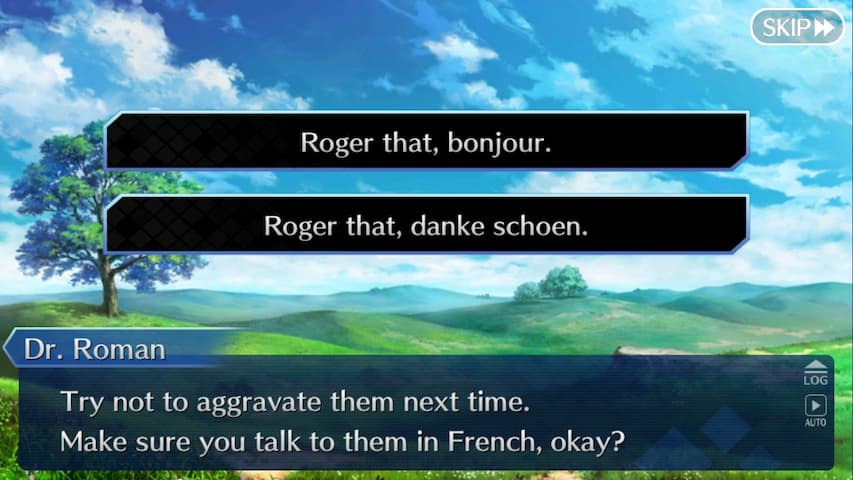
Last thing I want to talk about, before quickly loosing some thoughts about the singularities themselves, is that FGO is not a good entry point for the franchise, in part due to the fact it kind of assumes at least partial knowledge of Fate lore, like the concepts of Alter and Lily forms and the general deal with masters, servants and magecraft, but mostly because it tends to really skip out on the background for some characters, both major and minor. In the other entries of the Fate franchise, which in my case would be stay night, Zero and Apocrypha, I always had a good feeling and understanding about the history and mythology of the respective servants, at least for what it concerns the story, but when it comes to Extra, I have only seen the Last Encore anime, which is apparently its own can of worms, so I was regularly confused what the deal with some of the servants was.
This only becomes more apparent with some of the servants first introduced in FGO. Bonus points if you are popping up randomly in the story and are gone just as fast, to the point I didn’t even remember they were there in the first place. Considering how big a focus the servants are, some are seriously lacking on the most basic form of existing in a comprehensive way. I still don’t know what the deal with Elizabeth Báthory is and she appears in three singularities, mostly simply being there.
With that being said, lets dive into the individual singularities.
Flame Contaminated City: Fuyuki
The Fuyuki singularity serves as the tutorial and essentially covers the entire groundwork for every other singularity and story in general. Being the shortest singularity, it was relatively bare bones and also mostly filled with… well, tutorial, but despite this, in hindsight, I actually enjoyed it quite a bit. It basically covers an alternative take on the Holy Grail War from Fate/stay night, while at the same time functioning as the inciting incident of this timeline. Also, Cú Chulainn as Caster? Sign me up! Considering how I played this singularity over 200 days ago, I still remember it being pretty fun, though the fact this singularity was also turned into an OVA certainly helps.
Hundred Years' War of the Evil Dragons: Orleans
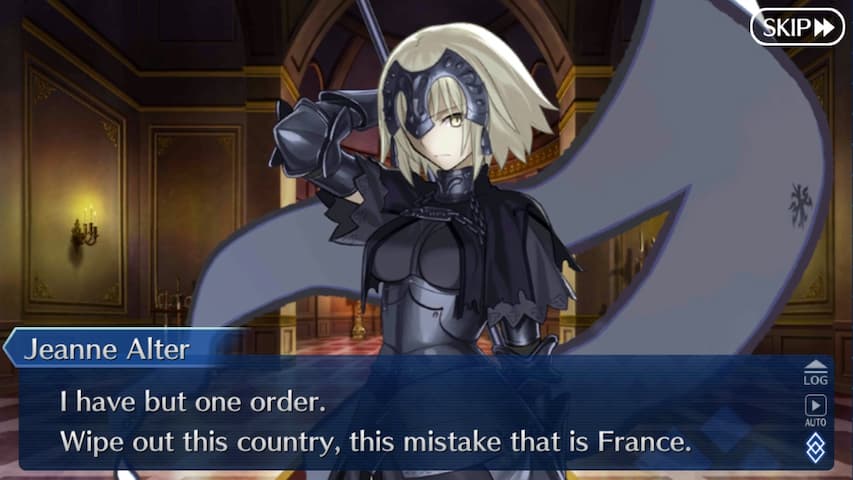
I adore this screenshot :D.
Conceptually, I consider Orleans to be one of the most interesting singularities, as far as premise is concerned. I like the idea of an altered Jeanne d’Arc taking revenge on all of France, not just because it feels like a pretty reasonable motif, but also as an easy to understand reason why this singularity exists and how the disruption of this time would further the incineration of humanity. It also helps, that the circumstances surrounding Jeanne d’Arc and Gilles de Rais are already codified in the Fate universe with Apocrypha and Zero respectively, so it was pretty entertaining to follow through on a potential what if.
On the other hand, everything else is kind of a mess on several fronts. It is by far the biggest victim of an incredibly slow progression, as we are constantly interrupted every few meters by wyverns. Seriously, it felt like half the conversation were variations of “Oh no, wyverns are approaching”, before being thrust into yet another battle. There are also way too many servants, especially since there is barely an introduction, nor development for any of them and me being constantly surprised, when they all appeared in Solomon, like “Oh right, they were there”, but for a comical amount of times. The only characters, beyond both Jeannes and Gilles de Rais', are Marie Antoinette and Mozart (Yes, both are servants somehow), as they have at least something going on, even if I didn’t particularly care.
I also can’t shake off the feeling, that this singularity, similarly to Okeanos, is made up of remnants from the development of Fate/Apocrypha, considering how Apocrypha was originally intended to be an MMO game and both the writer for the light novels and this singularity being Yuuichirou Higashide, with existing and scrapped characters from Apocrypha appearing here.
Eternal Madness Empire: Septem
Septem sucks and everybody else thinks so too. Honestly, I can’t even give you a summary, as it was so forgettable and practically pointless. I can’t even comment on the “Nero circlejerk”, as I simply do not remember. It was a lot of running around for nothing, without seemingly any goal and a finale that came out of nowhere and just… ended. What did we prevent? Who knows. Did it make sense in the first place? Probably not. There sure were characters, but I can’t say anything about them. I literally watched a summary yesterday and I don’t know what to say. It is also the singularity with the most connections to Fate/Extra, which further alienated me.
Sealed Ends of the Four Seas: Okeanos
Okeanos might be the first singularity that I could enjoy as a whole and not just as individual parts. It has a solid throughline, every time we sidestep the main plot and go on a tangent, I feel like there was a point behind it and all the different parts come together in a rather satisfying way. It is also the first time I enjoyed the interaction between the majority of the servants with Francis Drake being the biggest highlight. A generally fun and upbeat character, who supports Mash in finding her dream, whatever it will be, but is also capable of standing up for her own, kick some ass and hold her own against both Blackbeard and Jason.
I also liked the interplay of different myths and stories, even if I either didn’t fully knew or understood them at the time. We have two plus two classical pirate figures, monsters in the form of the Minotaur and Euryale, who have a very cute relationship and a lot of classic greek mythological figures like Artemis and Orion, Atalante and the Argonauts. Again, I wish the story behind it all would have been explained a bit better, but their interaction were great either way and seeing how it all build up to a satisfying end furthers the overall narrative and makes it all the more better.
The Mist City: London
Surprisingly, London is the only singularity I disagree with the player consensus, as I quite enjoyed the whole romp, if only because Mordred is one of the most enjoyable characters in Fate and she constantly accompanies us along the journey. This singularity also tries to present itself as a sort of mystery, which gives this one an interesting vibe, though I would have to agree that the narrative, similar to Septem, kind of runs in circles, though this time, we actually get something in the end with our first glimpse into the Order’s antagonist, if nothing more. Similarly to Septem, this singularity fails at capturing me with its servants, especially with the enemy servants, while our allies were at least passible in the most part. London also has the worst case of randomly introducing a few random servants by the end, not doing anything with them and then discarding them all, like it was nothing… what?
Honestly, London could have been so much better by fully committing to its mystery and foreshadowing and also fleshing out the characters, so they don’t return to obscurity immediately afterwards. This singularity could have been a good turning point for the gameto become more serious, raise the stakes and really get the overall story starting.
North American Myth War: E Pluribus Unum
For as much as I prefer Okeanos, I feel like America is the first singularity, that can truly stand on its own two feet. It finally starts expanding the scope of its story, introduces several factions, instead of just more characters and actually delivers on the journey and discovery aspect that was always hinted at, with the singularity maps stretching over a pretty wide area. Also, Berserker Nightingale is hilarious and I would gladly let her save my life, even if it would kill me.
This is also the the point where the different servants have a lot more meaningful interactions between each other and explore their respective relationship and, in the progress, also their original mythology. Seeing Medb summoning a version of Cú Chulainn, who can finally serve as her king, along other Irish heroes, makes for a similarly interesting premise, as Orleans. This is further extended by the introduction of Scáthach, the rivalry of Karna and Arjuna and a reemergence of Tesla from the previous singularity. There is also a good improvement for servants, that get less screen time or are overall less important, but can still present themselves in a good light. The only problem I have, is the almost comically and random inclusion of Li Shuwen, who is just there, like… sure, let him fight Scáthach on principle, but also… why? Otherwise, I consider the “servant problem”, that plagued the last few singularities, mostly fixed.
It also introduces some more interesting questions about the specific nature of the changes that the singularities cause. I mean, in this singularity, America is being overrun by celtic warriors, while they are opposed by the Presi-King Thomas Edison and their mechanical army, while a couple of outlaws like Billy the Kid, Robin Hood and, interestingly enough, Geronimo are caught up in the middle of this whole mess. Sure, we have to resolve the singularity and restore history, but it is not without taking a few potshots at a potentially different development of the United States and what each character thinks about the circumstances.
Divine Realm of the Round Table: Camelot
Kinoko Nasu, the man, the myth, the legend. After the prologue, he is back at it again, delivering the first real banger of the game. No seriously, many consider Camelot where FGO gets finally “good” and while I am seldom fond of such rhetoric, I can’t deny the massive difference in quality pre and post Camelot. While America works as a stand-alone story in the FGO context, Camelot really takes full potential of the freedom the setup provides and gifts us a cohesive epic that is full with fleshed out characters, high stakes and a unique atmosphere, that makes for a really engaging read. This might just be my confirmation bias speaking, but I still think Nasu has the best grip on Fate overall and is able to bring it not just into constantly new directions, but also deliver a quality, which caught our interest in the first place.
Camelot not just addresses all my smaller and bigger problems I had with the previous singularity, but it also feels like a return to form. It is simply good. As already mentioned, I do not intend to go into detail on what my opinion on each singularity is, but I appreciate what this singularity does for our main cast, especially Mash.
Absolute Demonic Front: Babylonia
Kinoko Nasu, the man, the myth, the legend. He has done it again. Similarly to Camelot, Babylonia just executes so well on its ideas and simply provides a fantastic story. Interestingly, the Babylonia singularity introduces “No Battle” stages, which, as the name implies, does not feature a battle at all, which was greatly appreciated, as not every story chapter needed a battle and it greatly improves the pacing of it all, given how long this singularity is. Ironically, Babylonia was probably one of the faster singularities, or at least the singularity it took me the least days to complete.
In general, I also think this singularity has the best presentation as far as the visual novel elements are concerned. The battles are also a lot more varied, introducing different win conditions and enemy behavior. There is one specific encounter near the end of the singularity, which is such a strong display of how the battles are a part of the story.
I can also recommend the anime adaptation of this singularity. I have seen it before playing the game and after going through it, I can say the adaption was pretty well done and absolutely delivers on the animation front.
The Grand Temple of Time: Solomon
Lastly, we have Solomon, which acts as both the finale and conclusion to the first Grand Order. This singularity can be divided into the “actual story” and “The Boss Rush”.
The Boss Rush is mostly a mixed bag for me. It is essentially one giant “Avengers assemble” moment, including every single servant we have come across all seven singularities. Actually, there is one more stage, including what I assume where all the event characters, which left me massively confused, as I obviously haven’t played them, especially as Dantès is apparently kind of important. As you might assume, I enjoyed these stages about as well as I enjoyed the respective singularity’s servants, which is to say… it was mostly miss than hit for me. Gilgamesh’s confrontation with Goetia was absolutely peak though. Truly the king of heroes.
Considering the actual story, I really enjoyed it. It brought everything together, that was set up over the course of the story, Mash and Dr. Roman conclude their character arc in a satisfying way and even our POV character Ritsuka is able to shine. I like how the antagonist is essentially the antithesis to what was constantly established thematically over the course of it all, even if it makes their actions appear relatively generic, if well executed.
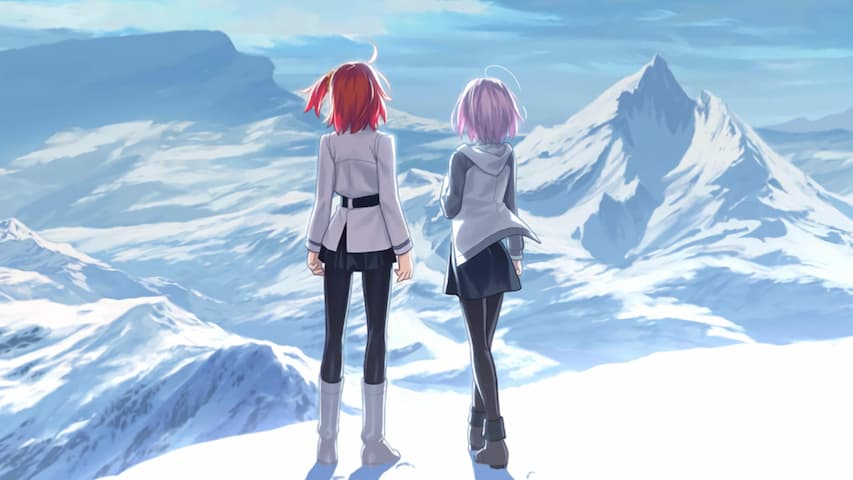
Gameplay
So, after around 4800 words, let’s finally talk about the gameplay and as mentioned, I think it has some real meat to it. The battles are build on a turn-based system. You prepare a team, consisting of five of your servants and an additional support unit, with the first three standing in the front, while the latter replace a defeated servant. The enemy line-up varies from one to three waves, consisting normally from one to three enemy units, but this number can technically go much higher. Your three current servants each have an array of five servant specific command cards forming a deck, from which five cards are randomly drawn each turn. You then select three command cards, which will determine your attack. There are three kinds of cards: Quick cards are the weakest, but earn additional C-Stars, which will be randomly applied next turn to you cards and increase your chance for a critical hit, Art cards increase your servant’s NP gauge, with which they will be able to unleash their Noble Phantasm (aka. the servant specific “Special Attack”) and lastly, Buster cards deal the most damage, but gain neither additional C-Stars, nor increase the NP gauge.
While this is already leagues above the gameplay I have seen in Princess Connect and the KonoSuba Gacha, there is actually a lot more to it. While the different Noble Phantasm are a beast of their own, there are the different class advantages, skills, effects, Craft Essences, Mystic Codes, Command Spells and synergies. Also, there are specific mechanics like overkill, overcharge and card chains to consider too. This might seem pretty overwhelming, if you are just starting out and to be fair, it is. However, as you are just beginning, your options are also limited, so you progressively learn all these mechanics while you are playing and gaining more access to other servants and resources. I also can’t overstate enough how well the user interface works for playing on a phone, so you are always inclined to actually use all these mechanics, as they are only one or two taps away.
Outside the battle, there is some customization you can do, but you are mostly just enhancing your servants. Leveling up is actually really easy, especially as the level-up resource can be grinded en masse in the daily quests. Ascension might need some dedicated grinding, as there are like three million different ascension materials, so you have do that more thoughtfully. There is also the caveat of having a rather limited amount of inventory space, but this never really hindered me beyond the fact that I have to constantly sell my stuff.
Difficulty wise, the game is a bit all over the place. The first singularities are pretty easy and the only times I needed another try were at boss fights. Some singularities were also rather poor in terms of what support servants are available with America being the worst offender. A few times, I actually had to use all my Command Spells to revive all the servants, which also has the effect of filling everyone’s NP gauge, essentially ensuring a victory at this point. To be fair, you are practically limited in its use, as it takes three days for the Command Spells to regenerate, but at least you can always beat a stage with this. Starting with the sixth singularity though, the difficulty skyrocketed and I actually started loosing normal battles and relying on command seals for stronger enemies (Thank god I received several exemplars of an item around the same time, that has the same effect). This was also the time I forsake using the support servants given by the singularity and almost exclusively chose the ones provided by friends and the other masters I follow. Shoutout to Haru for his stupidly powerful Napoleon, as it carried me through most difficult battles. “Befriend the Whales”, they said and I am glad I listened. While I don’t think it was ever too hard and I like the implication that the final boss fight is basically designed around using your Command Seals, I also found myself at times in a position, where I was frustrated, that I couldn’t continue the story, as I struggled with a specific stage.
Another thing I noticed, is how I almost completed the entirety of the first Grand Order with the same team: OG Berserker, Archer, Lancer and Saber Diahmud and Alter Atalanta, which I later replaced by Mysterious Idol X I received from the current event. It is not like a higher star rating automatically makes a servant better or a low one worse, but… high star servants are mostly better for what I am concerned. However, as I will explain later, the only 4-star servants I own are OG Berserker and Archer from the tutorial, Saber Diahmud, Alter Atalanta, Frankenstein, Parvati, Aśvatthāman, Martha and Mysterious Idol X. I also have no 5-star servant. OG Berserker and Archer are great servants, which is why I am hesitant to use Frankenstein, Atalanta and Aśvatthāman, as they share the same class. I don’t use Parvati for similar reason, as OG Lancer is quite good, despite being only a 3-star. Martha seems not that good of a servant, so what is left is Saber Diahmud and a free spot, which was originally occupied by Atalanta, as I assumed another Berserker can’t hurt, but later changed to Mysterious Idol X, as Atalanta had the tendency to die in a single turn and deal barely any damage.
To be fair, I was also pretty lazy and uninterested in testing out different servants, so I honestly just didn’t bother creating different teams for different enemy classes, despite being able to save ten team layouts, but considering how my team generally worked and saved a lot of time skipping on team composition, I am not sure if I should even complain.
Gacha & Miscellaneous Thoughts
*In the intonation of Gotchaman ~ In the name of Love* G-G-G-Gacha Heeeeell… I would like to proclaim, if I would have actually pulled for anything, beyond using the accumulated free tickets I wasted on whatever banner was currently out at the moment, which I could have saved up, but also why not spend them? Here is the thing about the Gacha in FGO: It is brutal. There are a lot servants you can summon and the rates are kind of horrible, especially if you come from Princess Connect. 1% for a 5-star, 3% for a 4-star and 40% for a 3-star servant. The other percentages are left for Craft Essences. If you are attempting your luck in the Limited Summoning Campaigns, the probabilities stay the same, though it is more likely to pull the respective servants of the campaign.
So, how much does it cost you to pull? One singular pull costs three Saint Quartz and a 10-pull logically follows with 30 Saint Quartz, though you gain a free pull after every tenth pull, making it effectively an 11-pull. Also, if you are pulling for a rate-up servant, there is a pity system in place, which will guarantee you the SSR servant once, meaning you will get your golden png after rolling 330 times and spending 900 Saint Quartz.
Now, to put this all into perspective: After playing the game for around 220 days and finishing the first Grand Order, I am in the possession of 1255 Saint Quartz, plus an additional 852 Fragments I can convert into 121 Saint Quartz respectively, making for a grand total of 1376 Saint Quartz. In short, I am guaranteed to pity once. In total, I have 458 pulls available, which would, on average (A concept I neither support, nor believe in), get me four 5-star and 13 4-star servants. Yeah, not sure if I will ever actually pull the Gacha, unless there is a specific servant I want… and you can bet your ass I will pull for Astolfo eventually :D.
Another thing is how stupidly expensive FGO can be. In Germany, a single Saint Quartz costs 1,19€, while you can get 167 Saint Quartz (86 SQ + 81 Bonus SQ) for 94,99€. In other words, if my disposable income would actually allow it and I really want a specific rate-up servant, I would need to be prepared to spend a meager 520€. I guess I have to pour one out for all the whales, who single-handedly keep this franchise running. I am always surprised how steep the entry into a Gacha can be, especially with how little you actually get for your money. It also makes me laugh, considering I have over 285K Jewels in PriConne, which will end its service for the global server at the end of the month, making them lose all their value. At the end of the day, it is only one step away from the Crypto-NFT hellscape that is modern late-stage capitalism, but at least our pngs look good.
So, is Fate/Grand Order worth it? I would never recommend a Gacha like PriConne to anyone, because if they would be the type to consider playing a Gacha in the first place, I doubt there is much a point in speaking in favor for it, beyond the fact that there are many other Gacha out there. On the other hand, if you are interested in Fate, there is a good argument to be made to consider playing FGO, as it is relatively accessible and gives you an insight into the breadth of what Fate is now… In this case, recommending FGO becomes less a question of practicality and more of a moral choice, but this is beyond the point.
However, as already mentioned, I also don’t think FGO is a good entry point for Fate. In other words, FGO is kind of designed for a rather specific group of people, who have already gone off the deep end and FGO is the logical next step. Personally speaking, I had a lot of fun with it and look forward to see what the next chapter, Epic of Remnant, has to offer.
Related Posts
Comments
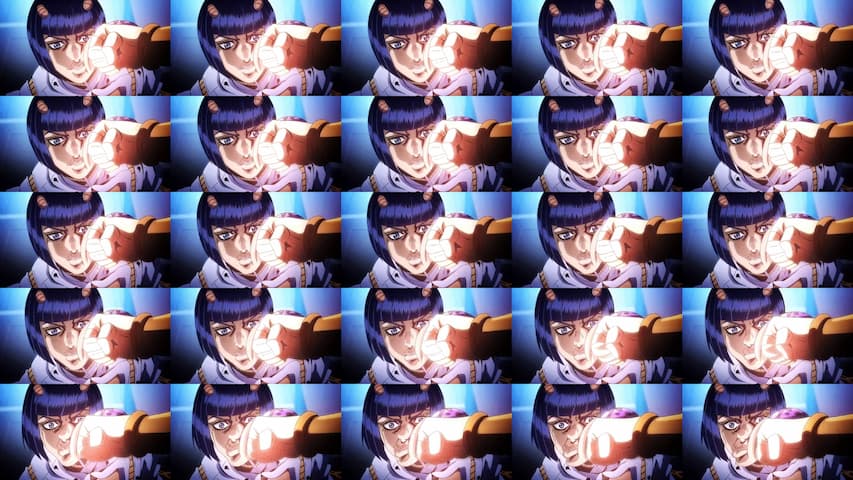
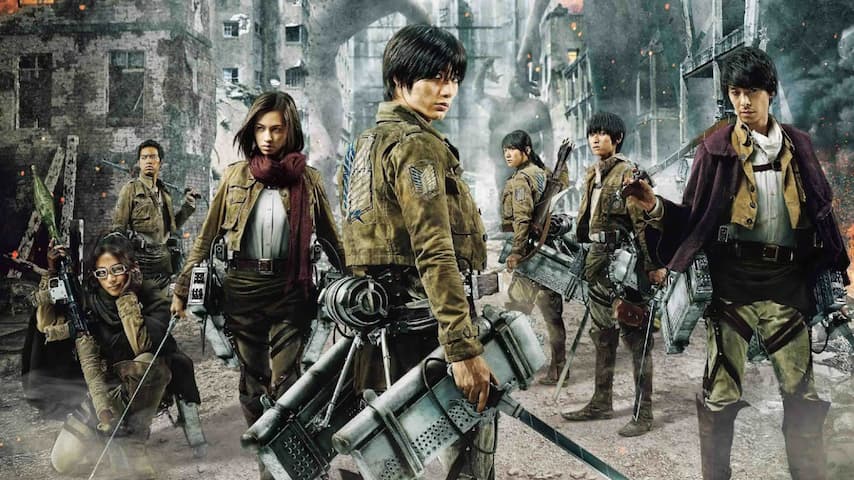


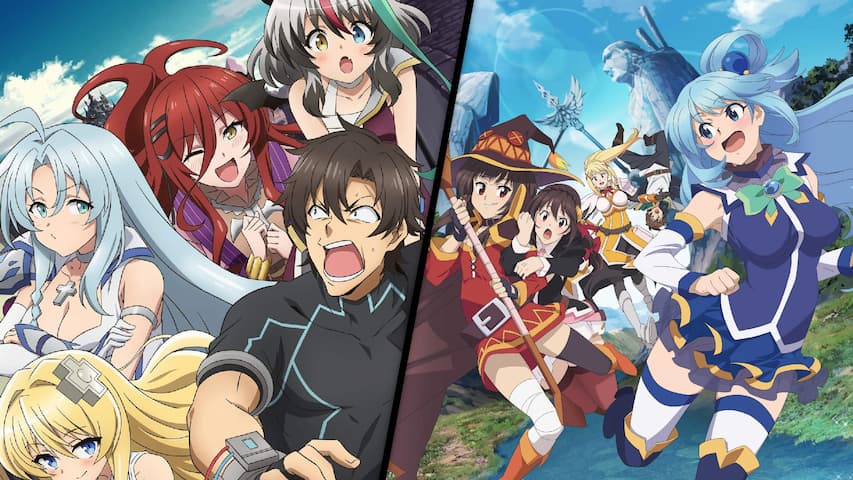
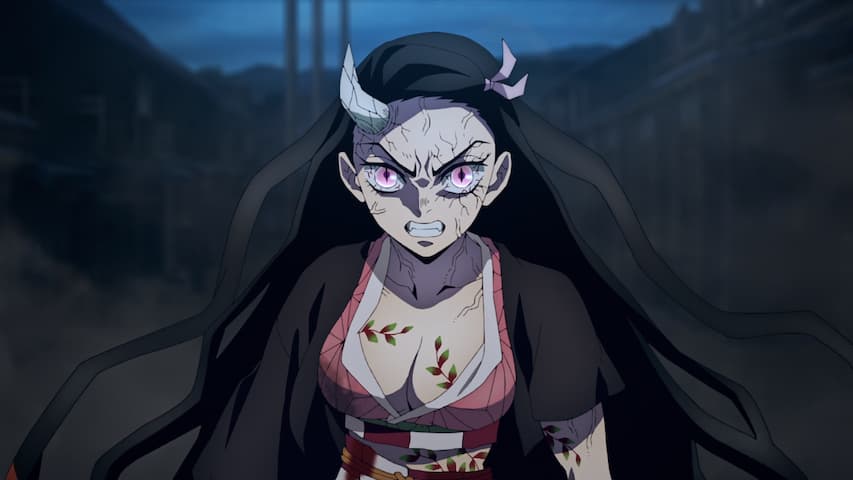

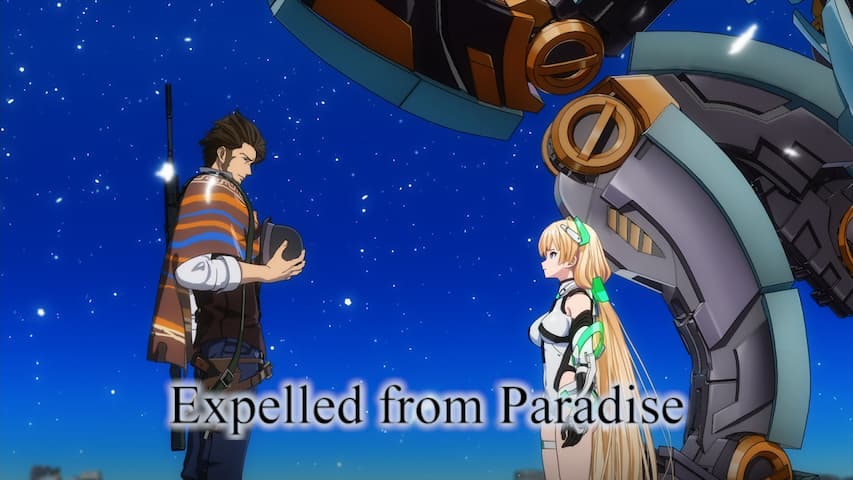
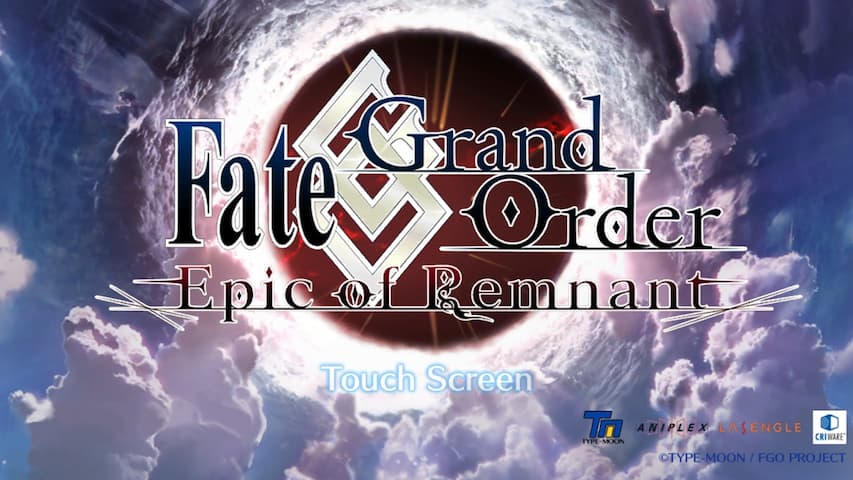

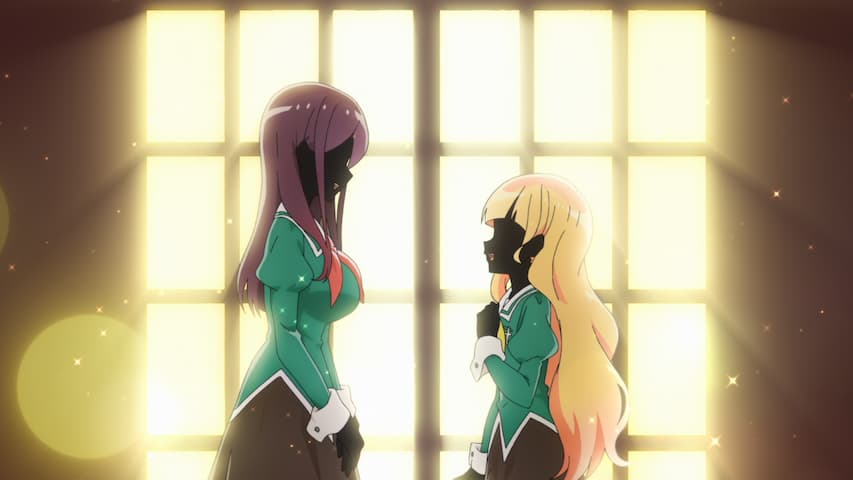
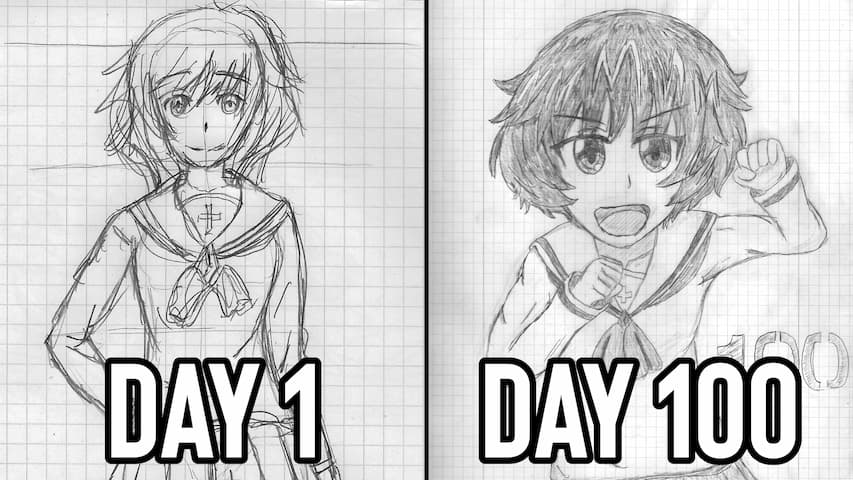
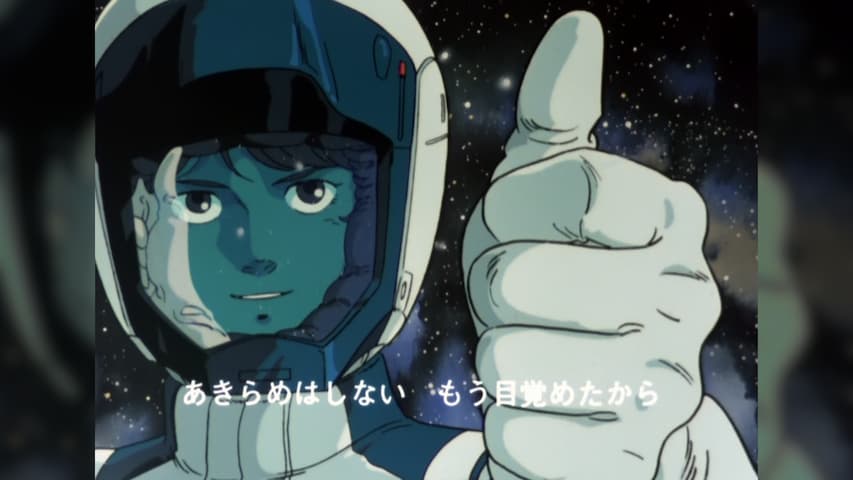

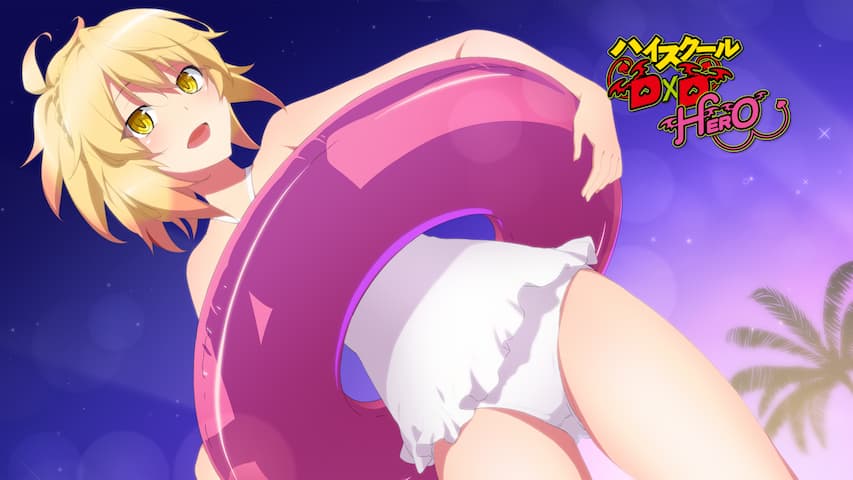
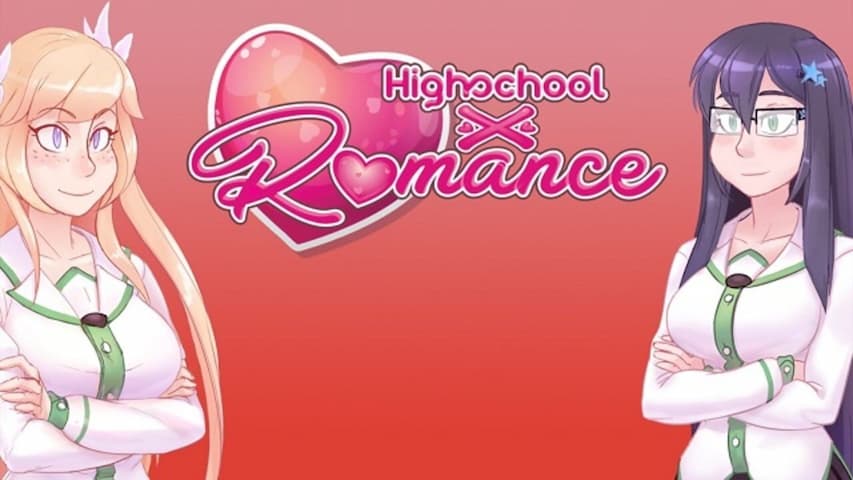


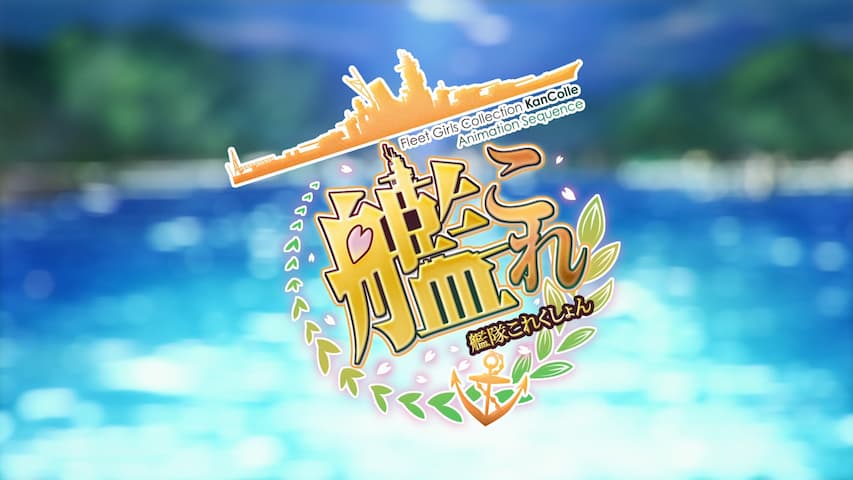
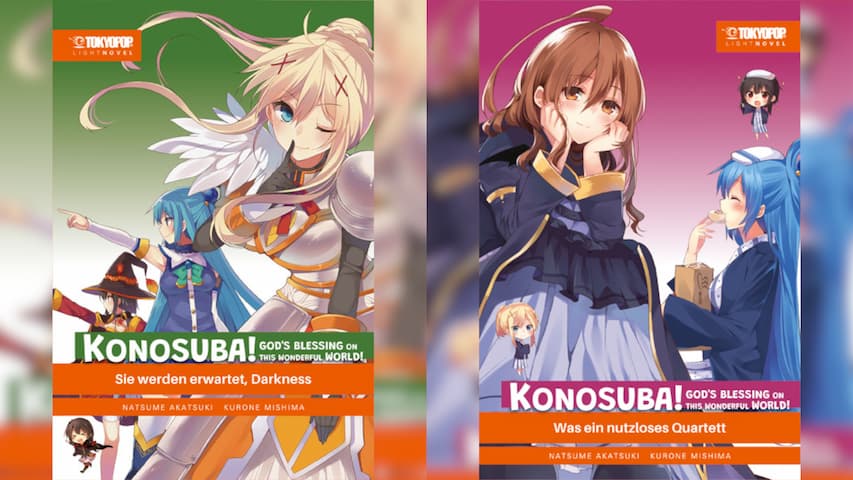

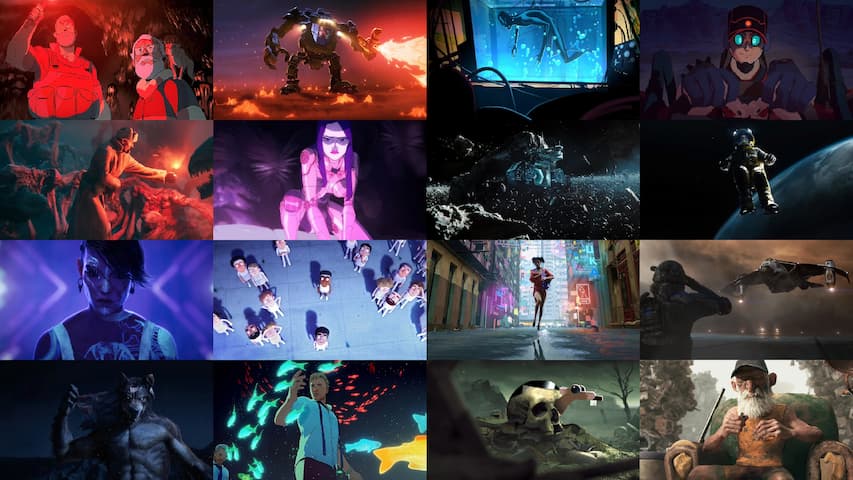
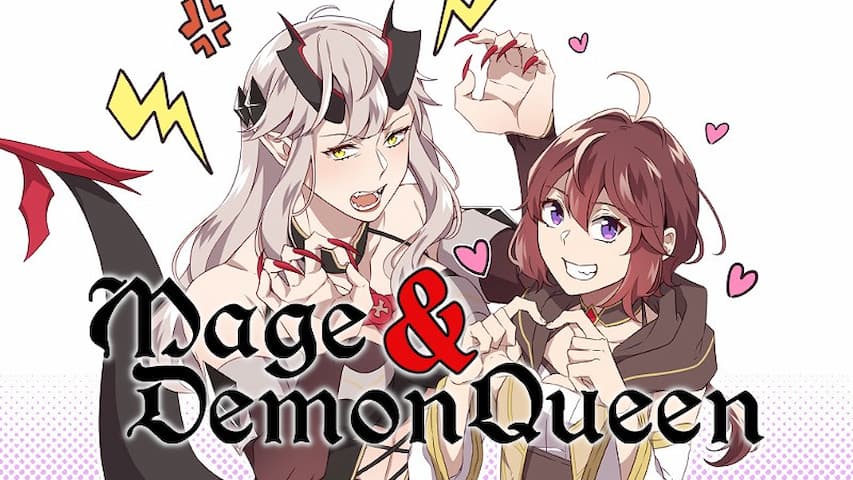
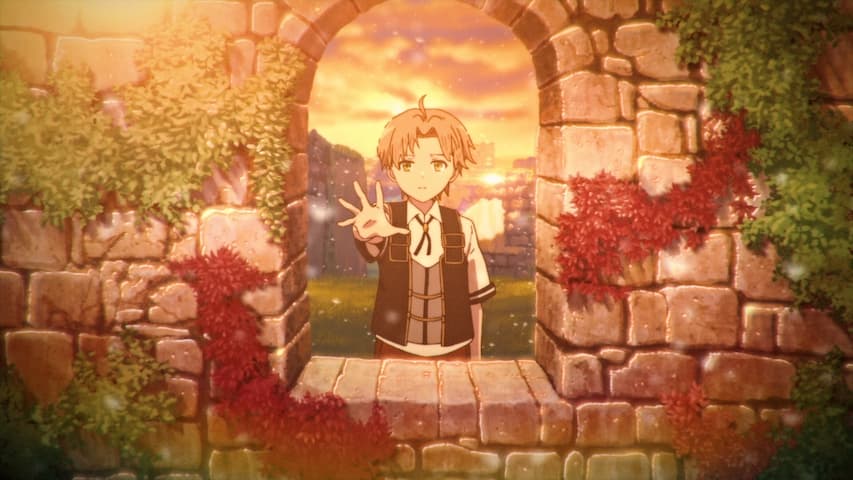

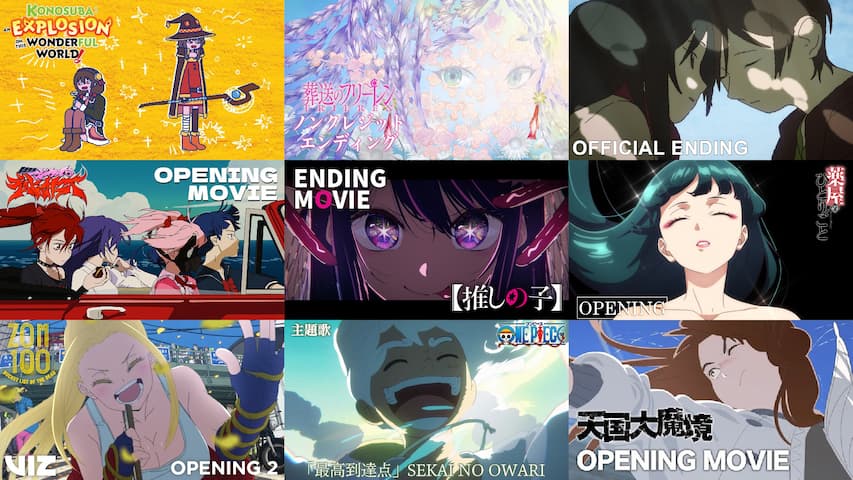
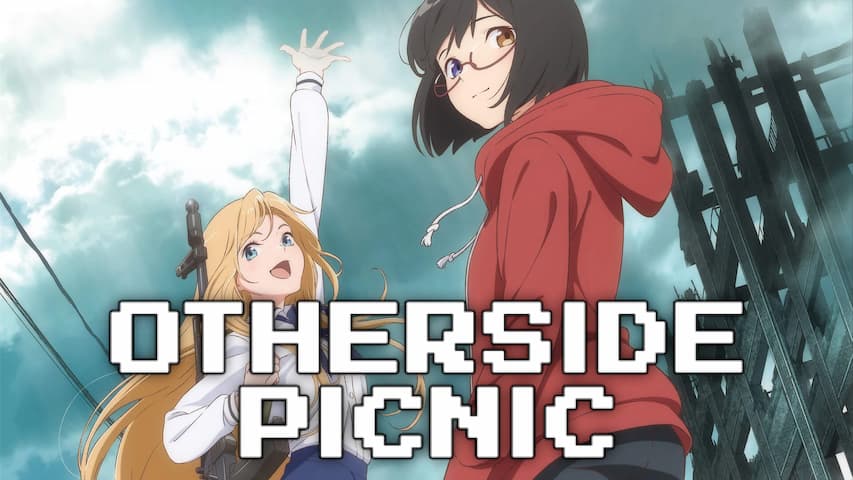

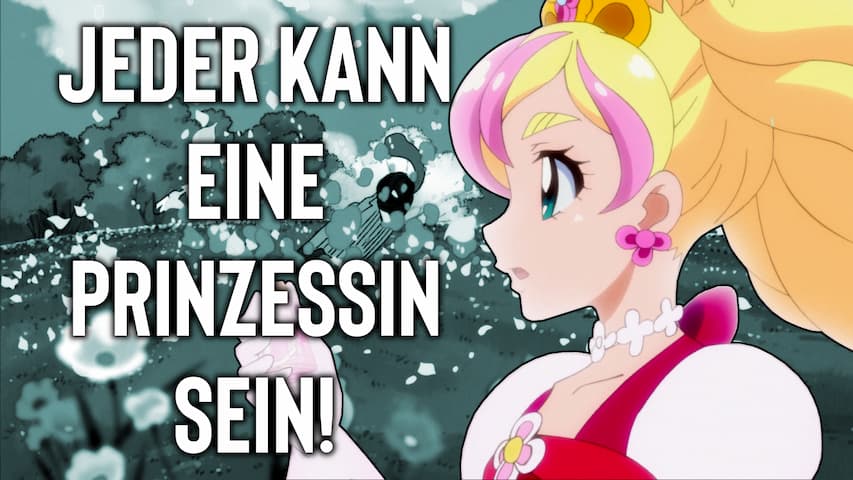
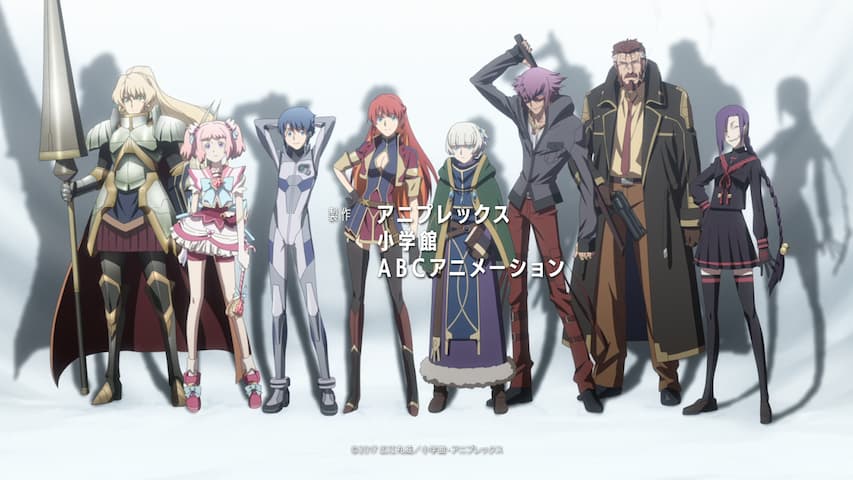

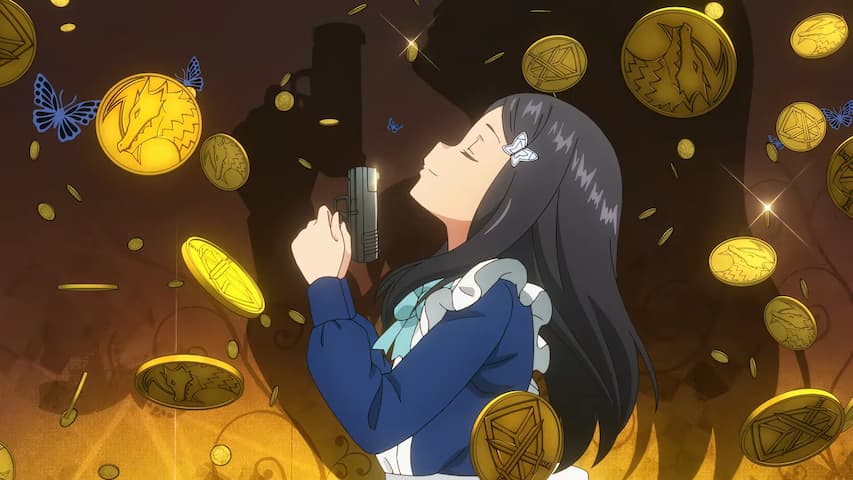


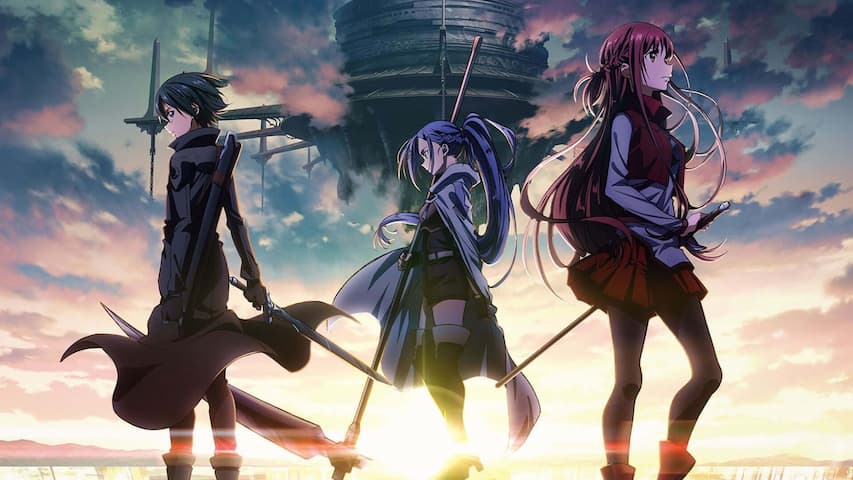
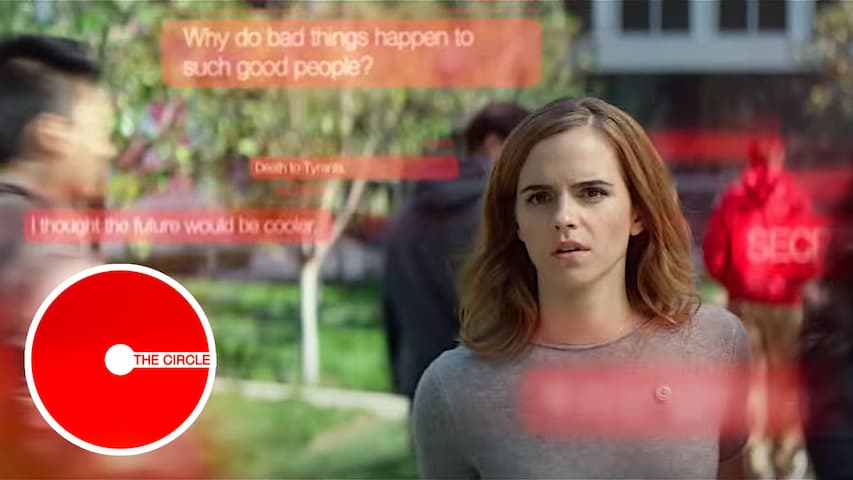
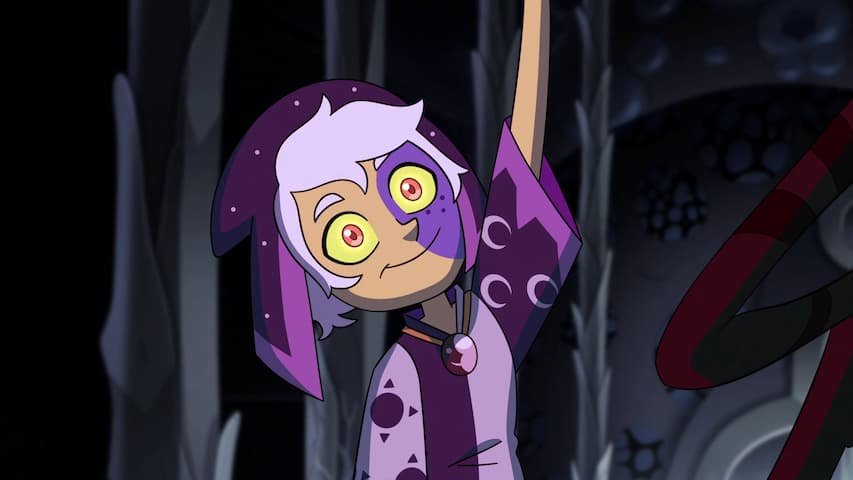
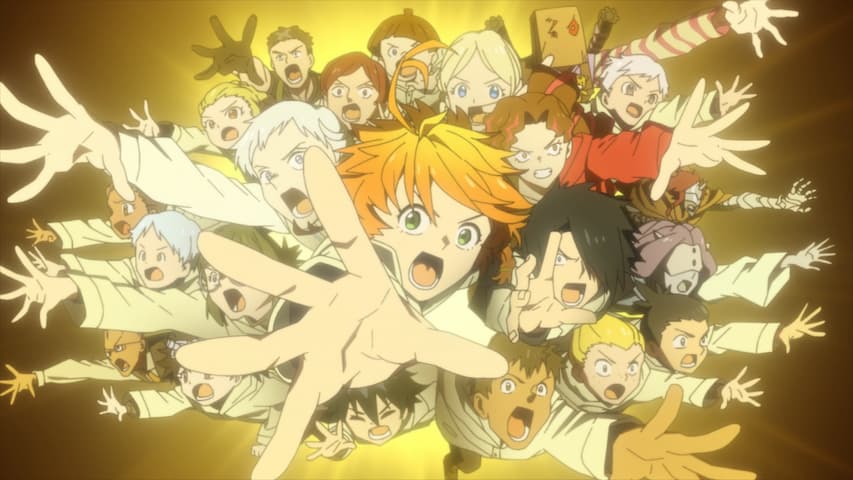



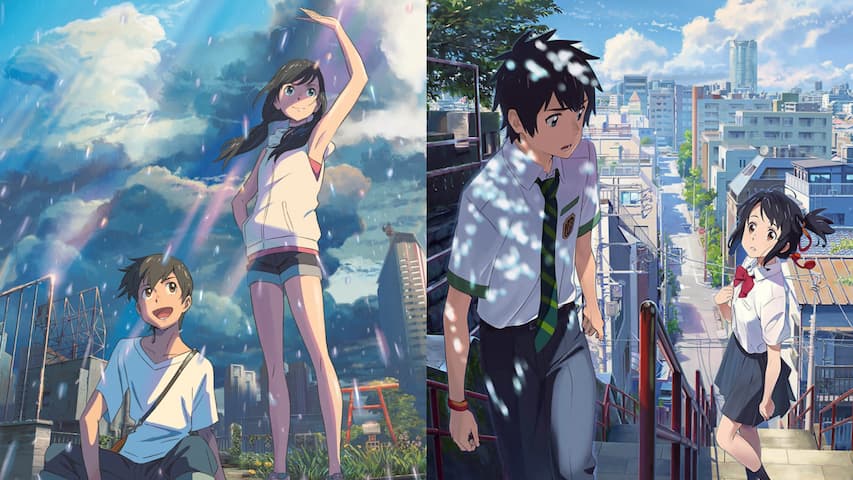

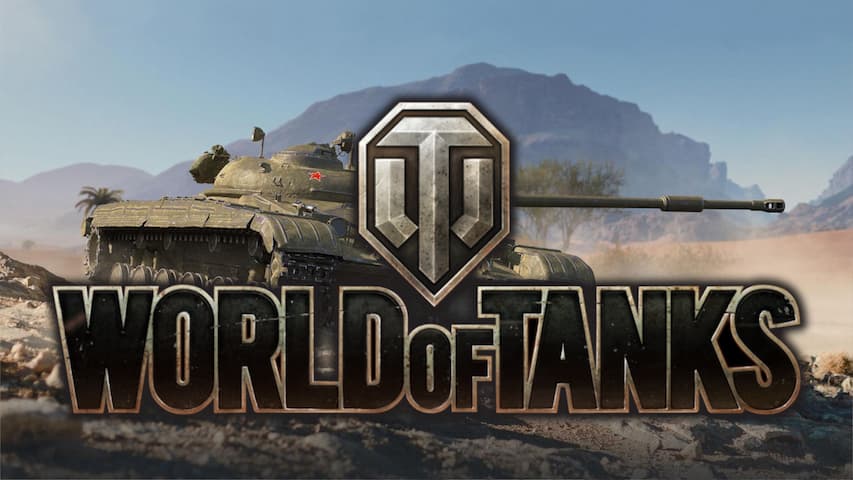

Recent Posts
4007 Words | June 30, 2024
3846 Words | June 10, 2024
3132 Words | May 28, 2024
1342 Words | May 24, 2024
3259 Words | May 20, 2024
